Back to Full Team
Leadership

David Greetham
Vice President of Digital Forensics
Industry innovator David Greetham embodies the can-do spirit. The native Englishman spends his spare time capturing the beauty of the Northern Lights through astrophotography and volunteering as a photographer with a non-profit organization – no easy tasks.
David’s fusion of determination and out-of-the-box thinking extends to digital forensics. He created the first patented and forensically sound remote collections tool. In fact, he has nine patents related to cloud-based solutions, mobile device discovery, and forensics technologies. He has published numerous articles and white papers, played a pivotal role in several landmark legal cases, and currently serves as a consulting and testifying expert.
The world took note. David has teaching and consulting experience at the White House, Harvard University, and New Scotland Yard. He serves as an executive advisor to EDRM and has been featured in CIO Magazine.
David has a master of science in forensic computing from Cranfield University in England.


